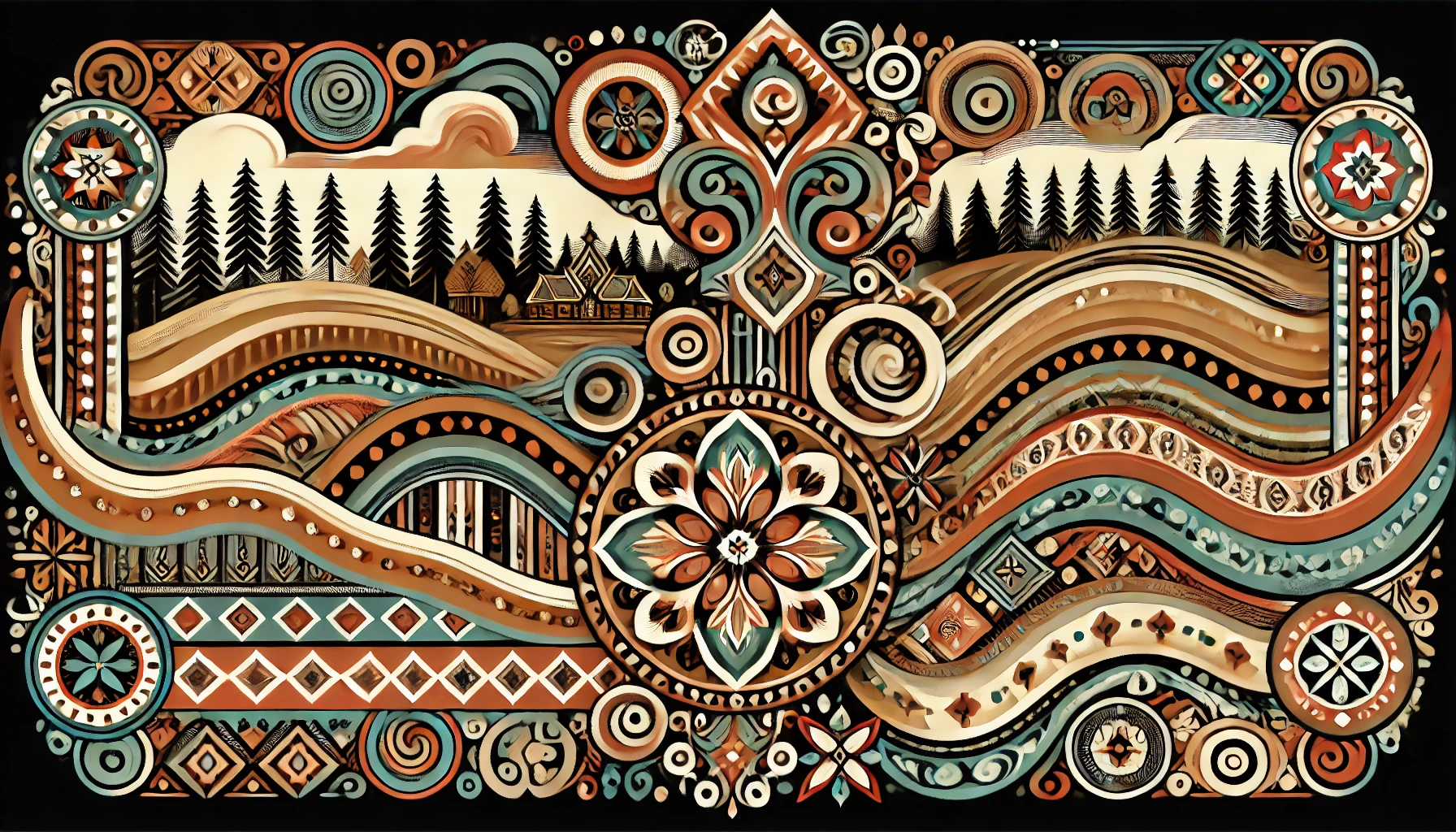Örviri, a term rooted in heritage and tradition, holds profound significance in the cultural fabric of its origin. Though its meaning and interpretations have evolved over time, örviri continues to inspire curiosity and reverence. This article delves into the origins, symbolism, and modern applications of örviri, painting a vivid picture of its enduring relevance.
What Is Örviri?
Örviri, often described as a multifaceted cultural element, encompasses various meanings based on its context. Its origins trace back to ancient traditions where it symbolized a harmonious blend of artistry, spirituality, and community identity.
Key Characteristics of Örviri:
- Symbolic Heritage: Represents cultural continuity.
- Artistic Influence: Features prominently in visual and performing arts.
- Spiritual Connections: Often linked with rituals or ceremonies.
Örviri’s adaptability has allowed it to remain relevant across generations, even as cultures evolve.
Historical Context of Örviri
The origins of it can be found in early folklore and community rituals. It was used to convey stories, beliefs, and values that shaped societal norms.
Timeline of Örviri’s Evolution:
- Ancient Era:
In early communities, örviri served as a medium for storytelling, preserving oral traditions. - Medieval Period:
Its artistic applications expanded, influencing music, textiles, and architecture. - Modern Age:
It has gained renewed interest, with scholars exploring its symbolic depth.
Cultural Milestones:
- Integration into Festivals:
Featured in grand celebrations and cultural festivities. - Inspiration for Artists:
Used as a motif in paintings, carvings, and sculptures.
Symbolism of Örviri
The symbolic interpretations of them are as diverse as the cultures that embrace it. Its meanings often reflect themes of balance, unity, and resilience.
Common Themes Associated with Örviri:
- Unity: Emphasizes the interconnectedness of communities.
- Resilience: Reflects the strength to endure challenges.
- Harmony: Represents the balance between humanity and nature.
These themes make örviri a universal symbol of hope and continuity.
Modern Applications of Örviri
In contemporary times, it has found new expressions in various domains. Its adaptability has ensured its presence in both traditional and modern settings.
Examples of Modern Uses:
- Art and Design:
It motifs inspire fashion, interior design, and graphic art. - Education:
Used in cultural studies to teach heritage and identity. - Community Projects:
Incorporated into public art initiatives to promote unity. - Social Media Trends:
Celebrated in digital spaces through art challenges and storytelling.
Why Is Örviri Gaining Attention Today?
Örviri’s resurgence can be attributed to the global movement to preserve cultural heritage. People are recognizing the importance of traditions in fostering a sense of identity.
Factors Driving Renewed Interest:
- Globalization:
Sparks curiosity about diverse cultures and their practices. - Artistic Renaissance:
Artists are revisiting traditional symbols to create innovative works. - Educational Efforts:
Schools and universities are integrating cultural studies into curricula.
How to Appreciate Örviri Responsibly
Engaging with it involves understanding its origins and respecting its cultural significance. Here are ways to appreciate it responsibly:
Practical Steps:
- Research Thoroughly:
Learn about its history and context from reliable sources. - Support Local Artists:
Purchase örviri-inspired crafts or art directly from artisans. - Participate in Cultural Events:
Attend festivals or exhibitions showcasing it. - Share Thoughtfully:
When posting about it, acknowledge its cultural roots.
The Global Impact of Örviri
Örviri has transcended borders, becoming a source of inspiration for people worldwide. Its universal themes resonate with diverse audiences, promoting cross-cultural understanding.
Examples of Global Influence:
- Collaborative Art Projects:
Artists from different countries incorporate örviri into their creations. - Cultural Tourism:
Visitors travel to experience regions where it is celebrated. - Media Representation:
Films and documentaries feature it as a symbol of heritage.
Conclusion
The cultural and historical richness of örviri continues to inspire and unite people across generations. Its ability to adapt while preserving its essence highlights the importance of respecting and celebrating heritage. As it gains global attention, it serves as a reminder of the enduring power of tradition in a rapidly changing world.
FAQs
What is the origin of örviri?
It originates from ancient traditions where it symbolized unity, resilience, and cultural identity.
How is it used in modern times?
It is used in art, education, and community projects while gaining attention on digital platforms.
What makes it significant?
Its themes of balance, harmony, and resilience make it universally relatable and culturally valuable.
How can I learn more about it?
Explore books, attend cultural events, and engage with artists who specialize in örviri-inspired works.
Is it tied to specific rituals?
Yes, it has historically been part of rituals and ceremonies symbolizing unity and balance.
Can it be adapted for new art forms?
Absolutely. Its versatility allows it to inspire modern artistic expressions while maintaining its core values.



